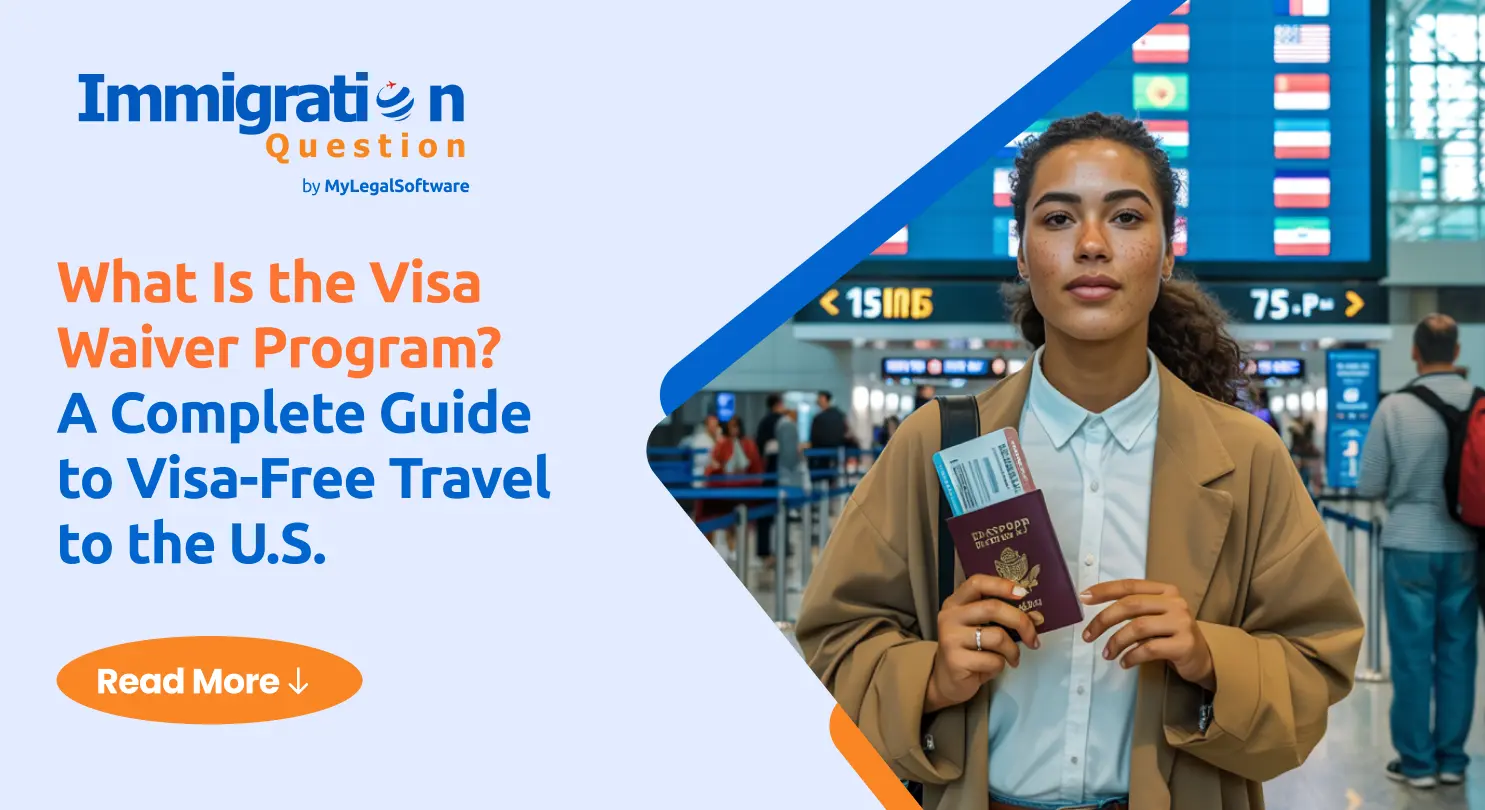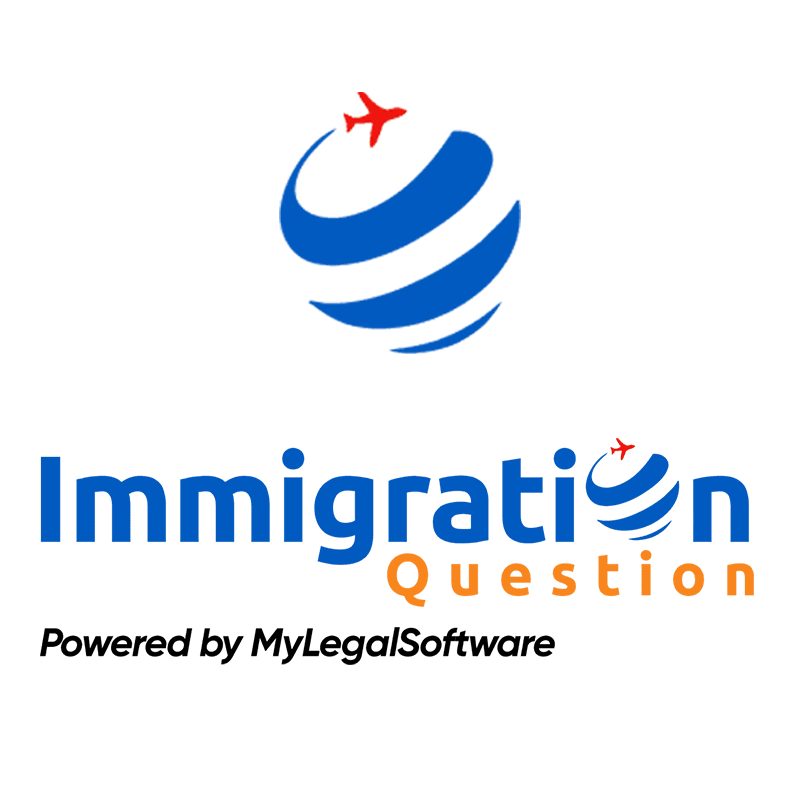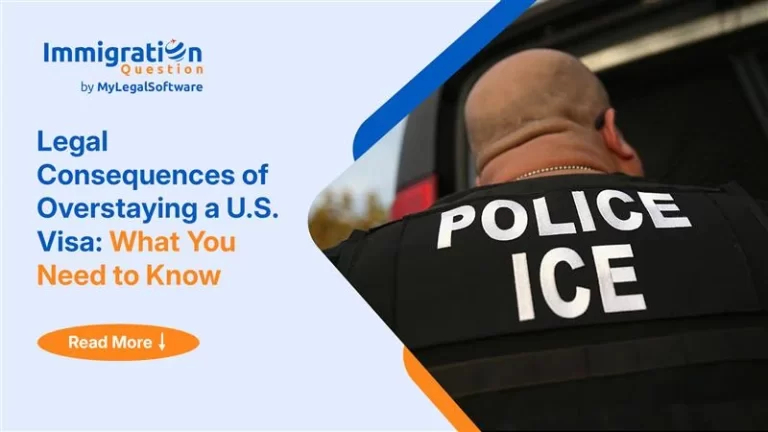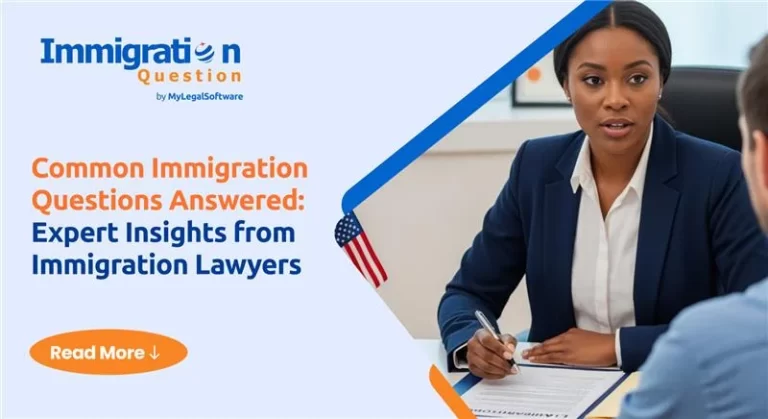For many international travelers, the idea of visiting the United States without the hassle of applying for a visa is incredibly appealing. Thanks to the Visa Waiver Program (VWP), that’s a reality for citizens of dozens of countries around the world.
Originally introduced as the Visa Waiver Pilot Program, the VWP has grew into a permanent and widely-used travel system that allows for visa-free travel to the USA for short-term visits. Whether you’re planning a vacation, attending a business meeting, or visiting friends, the VWP could be your ticket to an easy entry.
In this guide, we’ll break down how the Visa Waiver Program works, who’s eligible, the role of ESTA, and what to know about the duration of stay under the VWP.
What Is the Visa Waiver Program and How Does it Work?
The Visa Waiver Program (VWP) allows citizens from specific countries to travel to the United States for tourism or business for up to 90 days without obtaining a visa. This program evolved from the visa waiver pilot program, which began in 1986 as a temporary initiative to facilitate tourism and strengthen international relationships. In 2000, Congress made the program permanent.
How does the Visa Waiver Program work? Rather than going through the traditional visa application process involving consular interviews, eligible travelers complete an online pre-screening called ESTA (Electronic System for Travel Authorization). Upon approval, travelers can board flights or ships to the U.S. and request admission under the VWP at the port of entry.
The program operates on principles of reciprocity and security. Countries whose citizens enjoy visa-free travel to the USA typically offer similar privileges to American travelers. Meanwhile, participating countries must meet strict security standards, share intelligence information, and maintain low visa refusal rates.
The Visa Waiver Program significantly differs from regular visa processes:
- No in-person interview at a U.S. consulate
- Faster processing (usually within 72 hours)
- Lower application fees
- Streamlined entry procedures
However, it’s important to understand that Customs and Border Protection (CBP) officers always make the final decision about admission at the port of entry, regardless of your ESTA approval.
Got immigration questions? Get reliable answers for free in just hours on Immigration Question—no more guessing or waiting. Plus, if you need more help, you can connect directly with an experienced immigration attorney.
VWP Countries: Who Can Participate?
As of May 2025, 42 countries are part of the Visa Waiver Program. These countries have met strict security requirements and demonstrated strong diplomatic relationships with the United States.
The list of VWP countries includes:
- Andorra
- Australia
- Austria
- Belgium
- Brunei
- Chile
- Croatia
- Czech Republic
- Denmark
- Estonia
- Finland
- France
- Germany
- Greece
- Hungary
- Iceland
- Ireland
- Israel
- Italy
- Japan
- Latvia
- Liechtenstein
- Lithuania
- Luxembourg
- Malta
- Monaco
- Netherlands
- New Zealand
- Norway
- Poland
- Portugal
- Qatar
- San Marino
- Singapore
- Slovakia
- Slovenia
- South Korea
- Spain
- Sweden
- Switzerland
- Taiwan
- United Kingdom
Taiwan is included in the U.S. VWP under U.S. law as a “country” consistent with the one-China policy, allowing Taiwanese with permanent residence and electronic passports to travel visa-free to the U.S.; similarly, British citizens eligible for the VWP must have unrestricted permanent residence in the UK (including England, Scotland, Wales, Northern Ireland, the Channel Islands, and the Isle of Man).
ESTA Requirements: The Digital Travel Authorization
The Electronic System for Travel Authorization (ESTA) is a mandatory pre-screening system for all Visa Waiver Program travelers. Understanding ESTA requirements is essential for successful visa-free travel to the U.S.
To obtain ESTA approval, you must:
- Be a citizen of a VWP country with a valid e-passport
- Complete the online application
- Pay the application fee ($21 as of May 2025)
- Apply at least 72 hours before travel (though earlier is recommended)
The ESTA application asks for basic biographical information, passport details, travel plans, and security questions. Once approved, your ESTA remains valid for two years or until your passport expires, whichever comes first. This means you can make multiple trips to the U.S. during this period without reapplying.
Common reasons for ESTA denial include:
- Previous immigration violations in the U.S.
- Criminal history
- Certain health issues
- Dual nationality with a non-VWP country
If your requirements for ESTA application aren’t met and your request is denied, you’ll need to apply for a traditional visitor visa instead. The ESTA system is specifically designed for traveling to U.S. without a visa through the VWP framework.
Traveling to the U.S. Without a Visa: What to Expect
When using the Visa Waiver Program, your experience of traveling to U.S. without a visa will be similar to that of visa holders, but with some key differences.
Upon arrival, you’ll:
- Present your passport and customs declaration to a CBP officer
- Undergo fingerprinting and have your photo taken
- Answer questions about your trip purpose and duration
- Receive admission stamp or I-94W form indicating your authorized stay
Under the Visa Waiver Program, the duration of stay under VWP is strictly limited to 90 days maximum. This period cannot be extended under any circumstances. The 90-day clock begins the moment you enter the U.S. and includes transit to other countries like Canada or Mexico.
While in the U.S., under the Visa Waiver Program, you can:
- Engage in tourism activities
- Attend business meetings or conferences
- Visit friends and family
- Seek medical treatment
- Participate in social events
However, you cannot:
- Work for a U.S. employer
- Study for credit at U.S. educational institutions
- Change to another immigration status
- Extend your stay beyond 90 days
Overstaying, even by a day, can trigger serious consequences, including bans on future travel.
What to Do If You’re Not Eligible for the Visa Waiver Program
If you’re not eligible for the VWP, don’t worry—there are alternatives. The B1/B2 visitor visa allows similar travel but requires a full application and consular interview. This process involves:
- Completing the online DS-160 form
- Paying the application fee
- Scheduling an interview at a U.S. embassy or consulate
- Attending the interview with supporting documentation
- Waiting for visa processing
While this process takes longer and costs more than using the visa waiver program, it provides certain advantages:
- Potential for stays longer than 90 days
- Possibility of extension if circumstances change
- Greater flexibility for travel plans
- Option to apply for change of status in certain situations
If you’re unsure about your eligibility or have had issues with U.S. immigration in the past, consulting with an Immigration Question attorney can help clarify your options before you travel.
Final Thoughts
The Visa Waiver Program offers a convenient way for eligible travelers to visit the U.S. without going through the traditional visa process. With the right preparation, understanding ESTA requirements, and knowing the duration of your stay under the VWP, your trip can be seamless.
Just remember: the system is strict. Know the rules, prepare your documents, and don’t overstay. If you have questions about eligibility or your travel plans, connect with an immigration attorney through Immigration Question for expert guidance.
Frequently Asked Questions
What is the difference between the Visa Waiver Program and the Visa Waiver Pilot Program?
The visa waiver pilot program was the original test version of the VWP. Today’s VWP is its permanent, upgraded version with more countries and better security.
Can I extend my stay beyond 90 days under the Visa Waiver Program?
No, the 90-day duration of stay under VWP cannot be extended under any circumstances. If you need a longer stay, you must apply for a traditional visa.
If my ESTA is approved, am I guaranteed entry to the United States?
No, ESTA approval only allows you to board transportation to the U.S. The final decision on admission is made by CBP officers at the port of entry.
Can I work or study while traveling under the Visa Waiver Program?
No, the VWP prohibits employment and formal study. It is strictly for tourism, business meetings, and similar short-term activities.




![Top 5 Immigration Questions People Asked Online This Week [June 13, 2025]](https://blog.immigrationquestion.com/wp-content/uploads/2025/06/top-5-immigration-questions-people-asked-online-this-week-june-13-2025-768x419.webp)




